
DAF Trucks is a Paccar subsidiary and a Dutch truck manufacturer. They have their headquarters and manufacturing facility in Eindhoven.
One of their trucks’ most important and famous features was that their engines could be completely taken out of the truck or bus. This might be an important point for mechanics that makes the maintenance process easier for them.
The Company Start
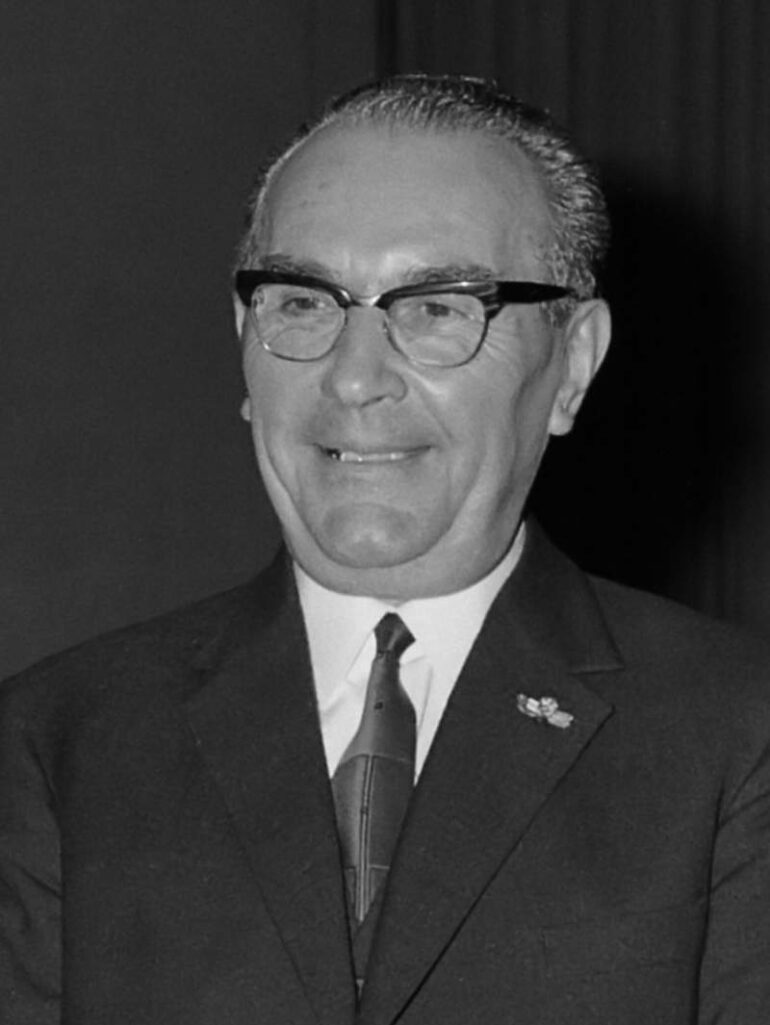
Hubert Van Doorne established the business in 1928. A. H. Huenges, director of a brewery, was a co-founder and investor with him. Huenges had Van Doorne fix his cars numerous times and was so satisfied with his work that he offered to help fund his business start.
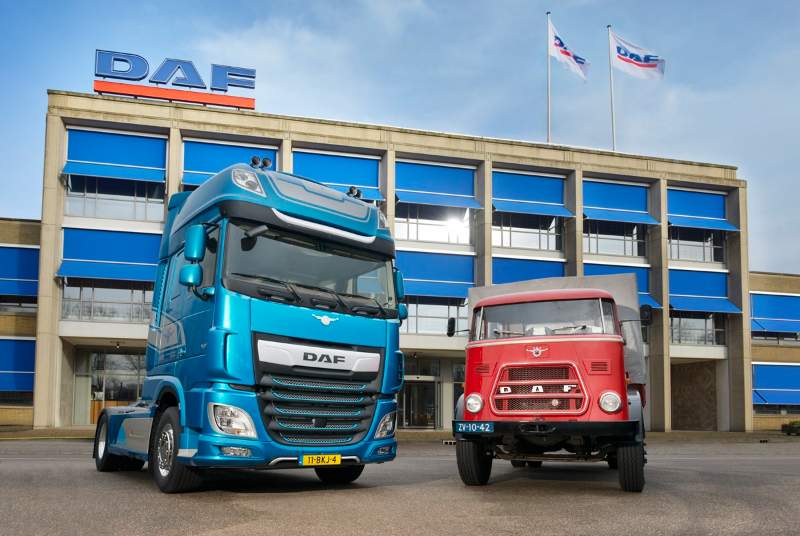
Hub began working in a tiny workshop on the brewery grounds. The company’s Westerlo factory in Belgium manufactures cabs and axle components. Leyland Trucks’ facility in England designs and builds several of the truck types offered under the DAF brand.
The Big Opportunity
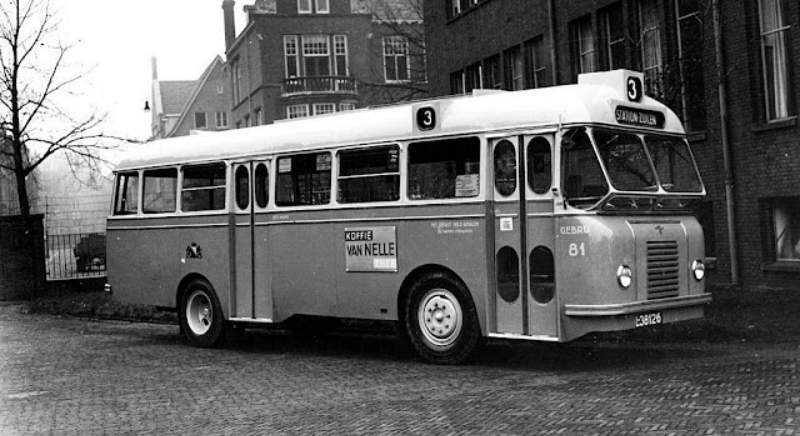
After WWII, high-end automobiles and trucks were rare. In other words, DAF had a golden chance to enter the market.
In 1949, the firm changed its name to Van Doorne’s Automobile Factory and began producing trucks, trailers, and buses. The DAF A30 was the first truck model to be released.
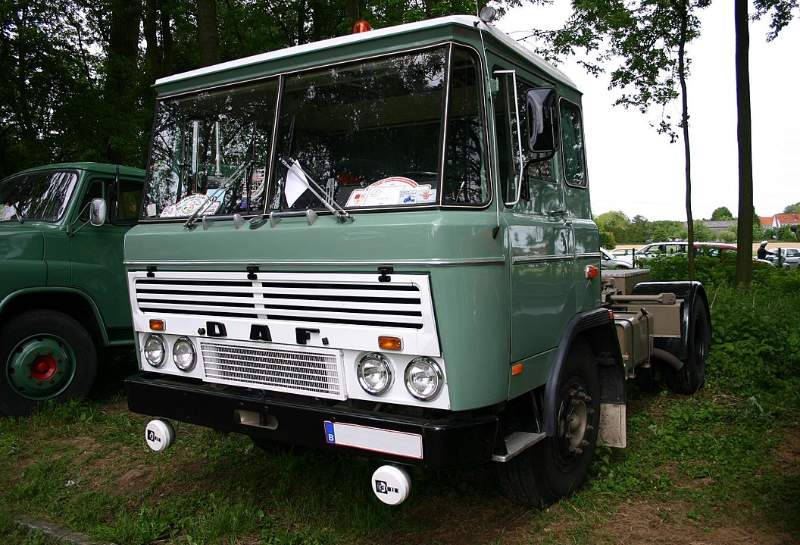
DAF began production of the DAF A30, the first 3-ton military truck, in September 1949. Based on the Series 30 model for civilian use, the military variant has a roof opening and a low flatbed cargo platform with seating for 16 troops.
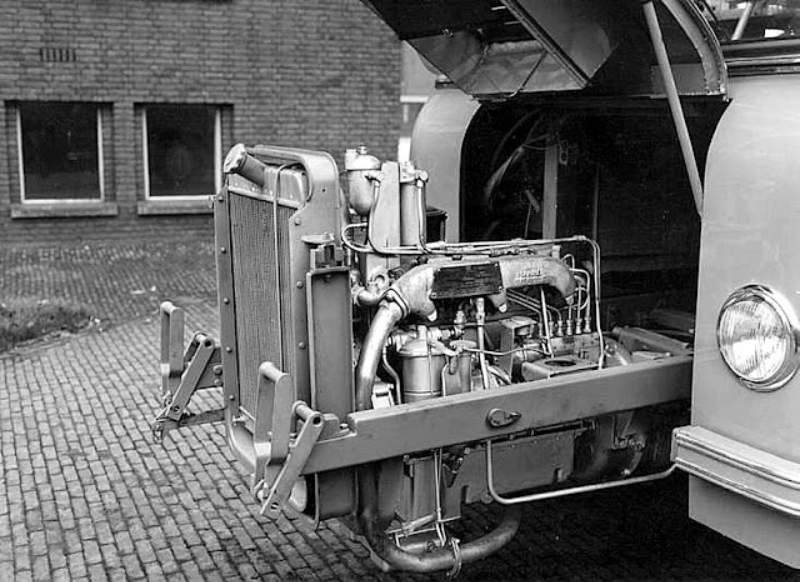
Since 1953, the model lineup has included military vehicles like the DAF A40, D40, and D50, as well as a tractor called the K60 that could be used with a semi-trailer like the YF 102 to haul 9500 liters of gasoline. It was decided that the trucks would be powered by British diesel engines Perkins (70-83 hp) and 6-cylinder Hercules gasoline engines (91-102 hp).
The Idea was a Failure
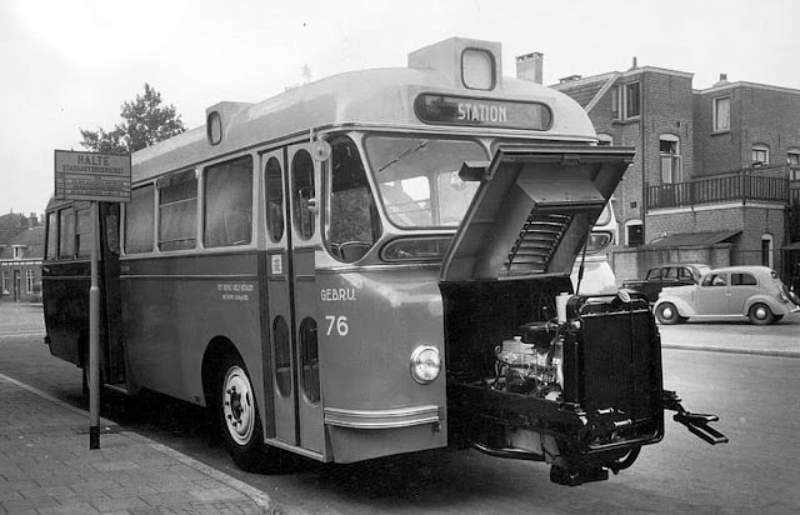
Even though the concept was meant to make the technicians’ and mechanics’ lives easier, it wasn’t. The concept never went into mass production, and it has multiple problems.
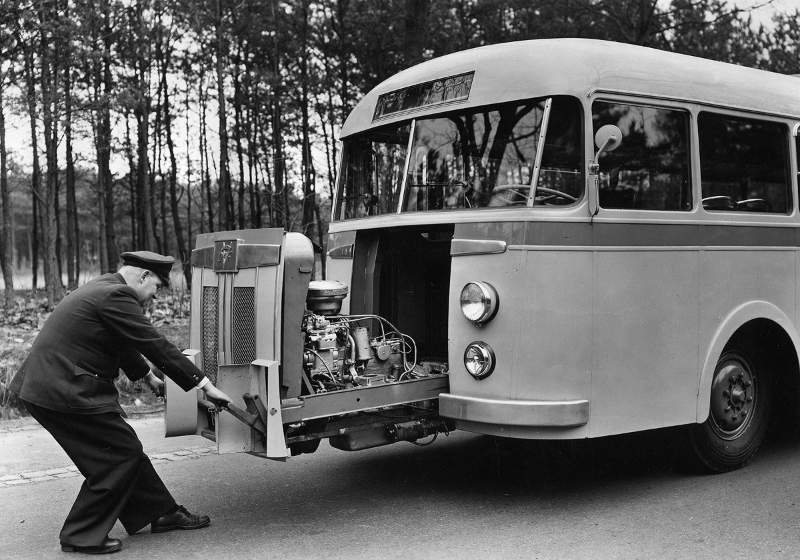
Due to the engine’s location and having this “drawer-like” style, it needed about 5 feet long slip yoke to control the drive shaft, which reduces the overall reliability and makes things even more complex.

This style was used to make swapping parts and even removing the whole engine an easy task. But it actually went in the other way and made things even more complicated and complex.
What do you think of this design? Do you think this concept could be updated and used these days in trucks and buses to make the fixing process easier? Or do you think it is just an overcomplication of the whole process?

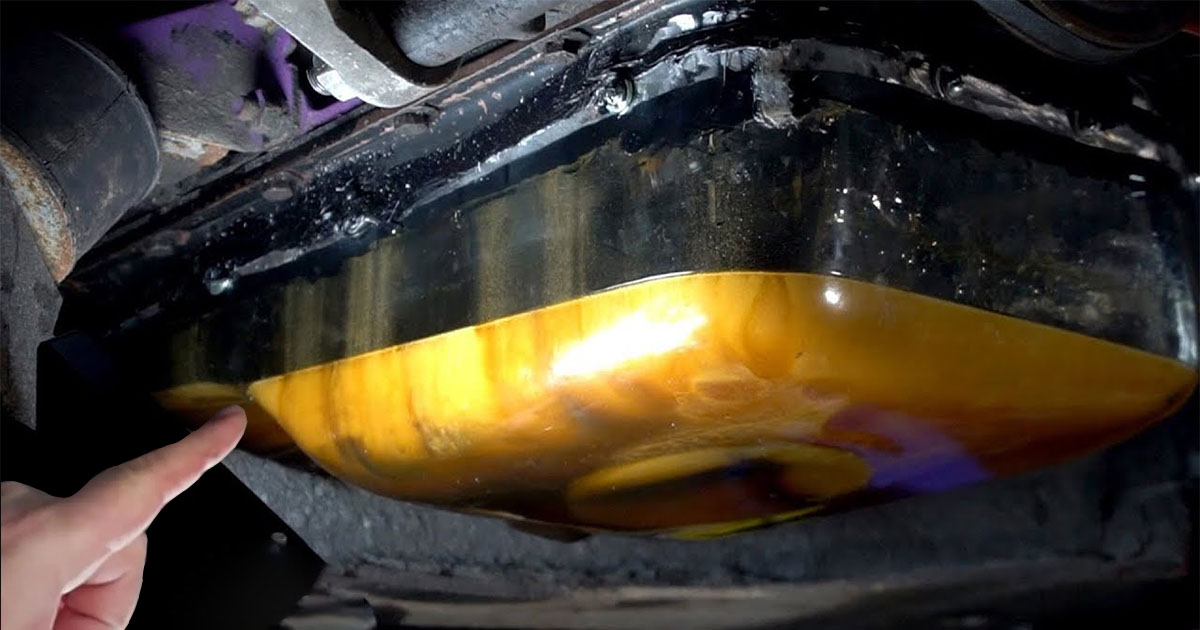
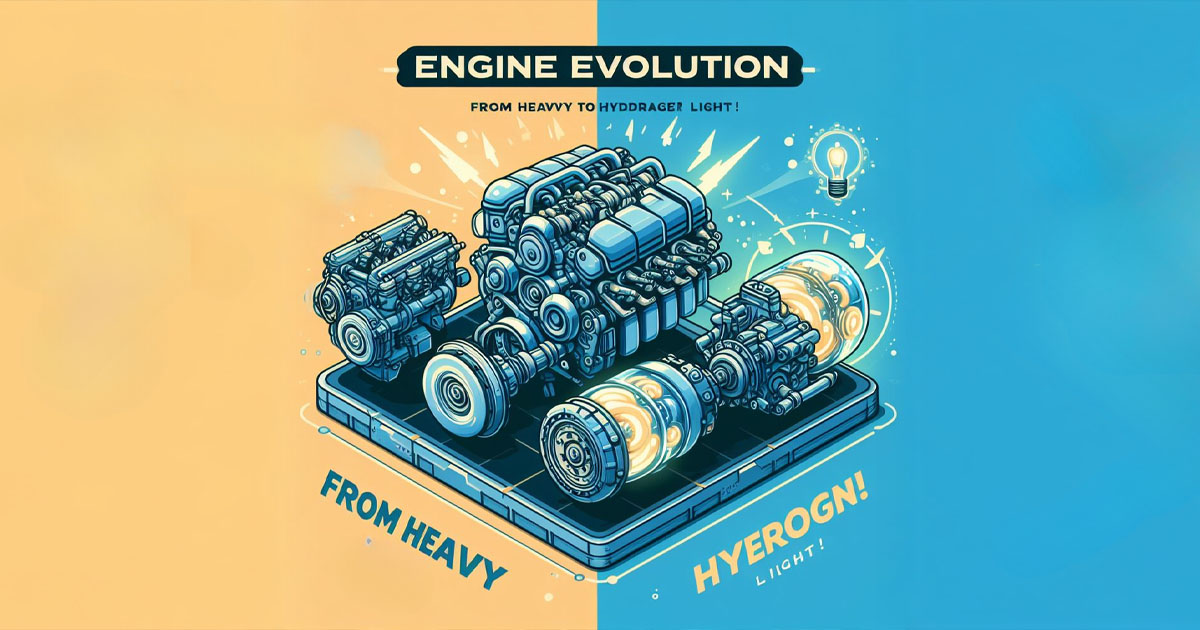
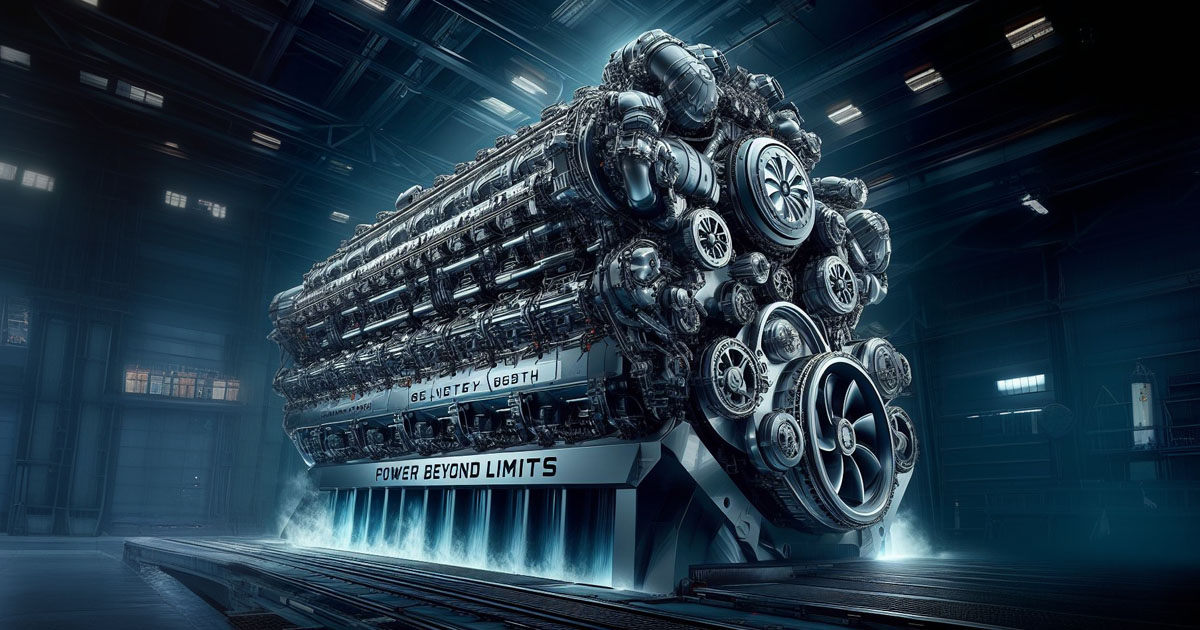

I enjoyed the article and think a modern version of this could be very practical with some small changes to the coupling of the driveshaft.